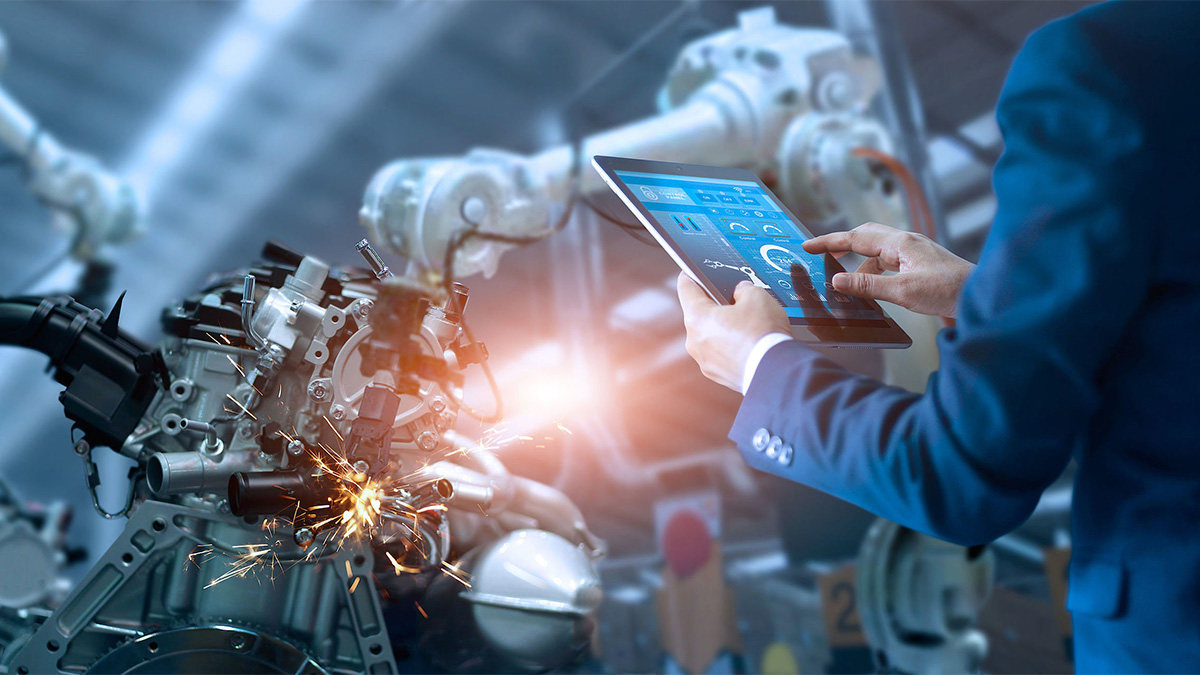Technology supports and drives innovation. Technological advancements allow manufacturers to create higher quality goods, increase production speeds, lower expenses, and realize more efficient operations to become more competitive.
What are the key technologies that are changing the manufacturing world?
After the COVID pandemic, manufacturers are trying out every possible option to digitize their existing processes for faster and substantial growth. Digitization is fine. But what technologies should you invest in to take your business to the next level?
Digital investments are expensive and investing in all possible technologies to better your process won’t help you as a manufacturer, and can burn a hole in your pocket. It’s all about investing in the right technology at the right time for increasing your productivity, streamlining processes and managing resources better.
What are the key technologies that are changing the manufacturing world? This post will empower you with the 5 key technologies you can invest in for increasing your overall manufacturing productivity and performance.
Industrial IoT
Industrial IoT, IIoT, is a network of intelligent devices connected to form systems that monitor, collect, exchange and analyze data. Each industrial IoT ecosystem consists of connected devices that can sense, communicate and store information about themselves; public and/or private data communications infrastructure; analytics and applications that generate business information from raw data; storage for the data that is generated by the IIoT devices; and people.
These edge devices and intelligent assets transmit information and this information can be used for predictive maintenance, as well as to optimize business processes. Although IIoT devices have been around for several years, real-world adoption is still in its infancy. This is sure to change as 5G becomes increasingly prevalent and more and more organizations begin to realize what IIoT can do for them.
Artificial Intelligence
Machine maintenance without automation is an extremely strenuous and exorbitant process. Even planned maintenance can be ineffective for most organizations and expenses can be high. Ensuring the machine maintenance is performed diligently and at lower costs matters, and this is the reason why most companies are investing in advanced technologies like AI. AI simulates human intelligence in machines that are programmed to think like humans and mimic their actions. Machines with AI can perform actions usually associated with the human mind, such as learning and problem-solving.
Cloud Computing
Nowadays, almost every technology comes with cloud backup services, and the demand for cloud computing services is expected to increase rapidly in the years to come. AI on the other hand has become quite well established in the tech-world and can be seen in nearly every work domain. Though their integration is in a primary stage, companies are investing enormously in cloud computing AI services. When AI is combined with cloud computing, the quality and benefits of each are enhanced tremendously, especially with their use in the booming commerce world. This combination will bring opportunities for remarkable innovations in the future.
While the IoT helps in connecting machines and processes within a plant, the Cloud establishes the connection between different plants. A major problem for manufacturers is data management. While IoT helps in garnering data from every machine, relying on humans for managing and processing all the data is often challenging and troublesome. With Cloud computing, managing a huge volume of data under one roof is highly easy and possible!
Robotic Process Automation
Robotic process automation (RPA) is the use of computer software robots to handle repetitive, rule-based digital tasks, such as filling in the same information in multiple places, reentering data, or copying and pasting. It enables organizations to give more and more of the mundane admin work over to machines that can handle it well and in full compliance.
This enables an organization to achieve cost efficiencies by streamlining processes and enhancing accuracy. Another important benefit is that it enables humans to focus on work that requires judgement, creativity and interpersonal skills rather than on routine processes.
Mobile Applications
Mobile applications are highly useful in automation scenarios. With mobile applications, your manufacturing staff can capture data from a device from any location at any time. The data can be shared with others on the go, which saves a lot of time. In addition, combining mobile applications with other technologies, like AI and IoT, further improves benefits for manufacturers.
Smart manufacturing companies have begun to leverage the power of the above 5 key technologies, and investing in these relevant technologies is the smart option to beat growing competition and fulfill customer needs.





.jpg)








